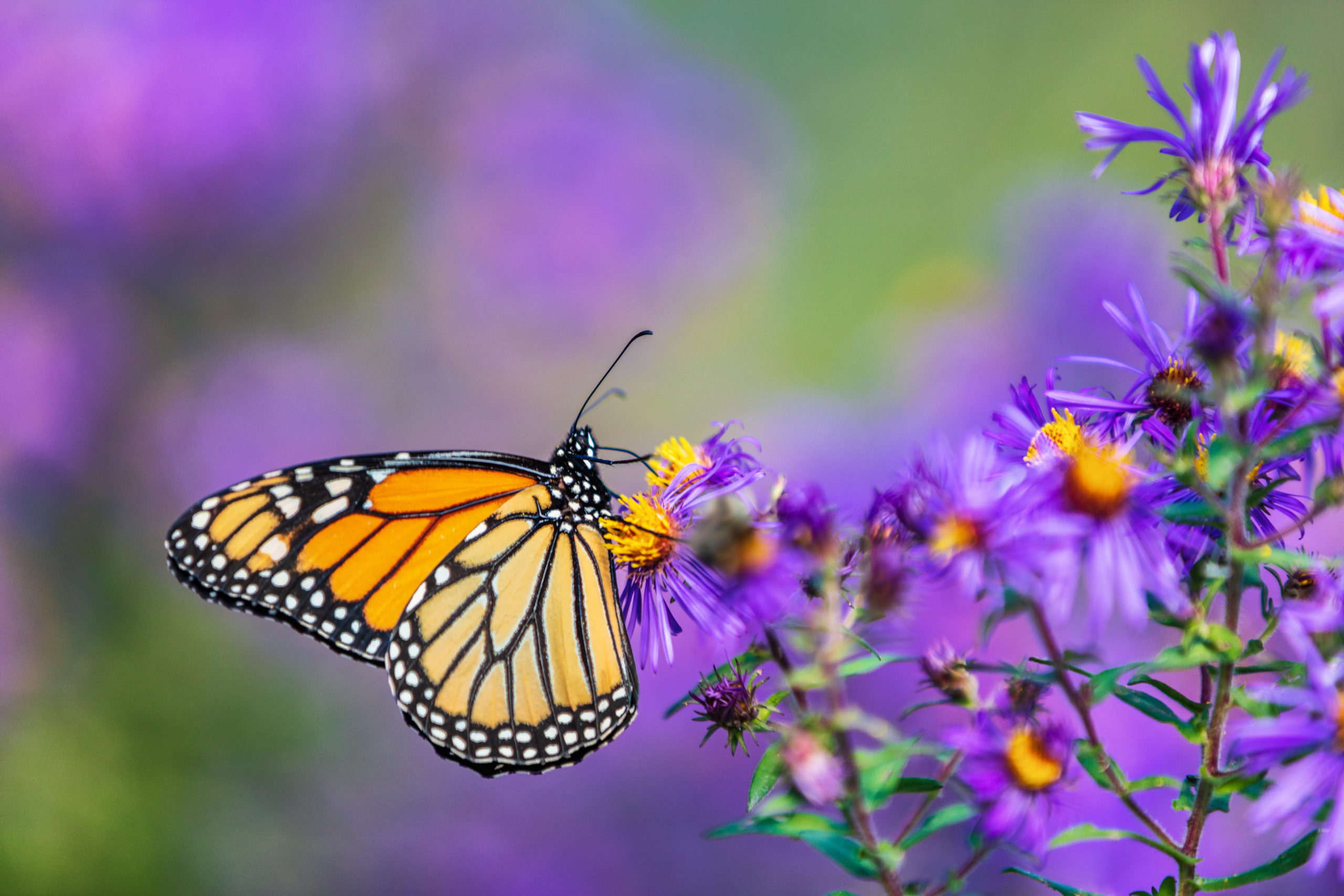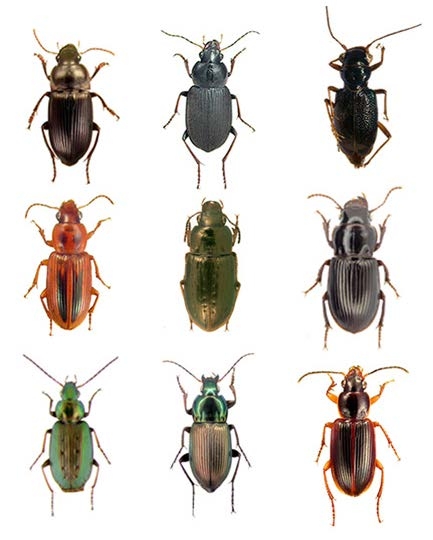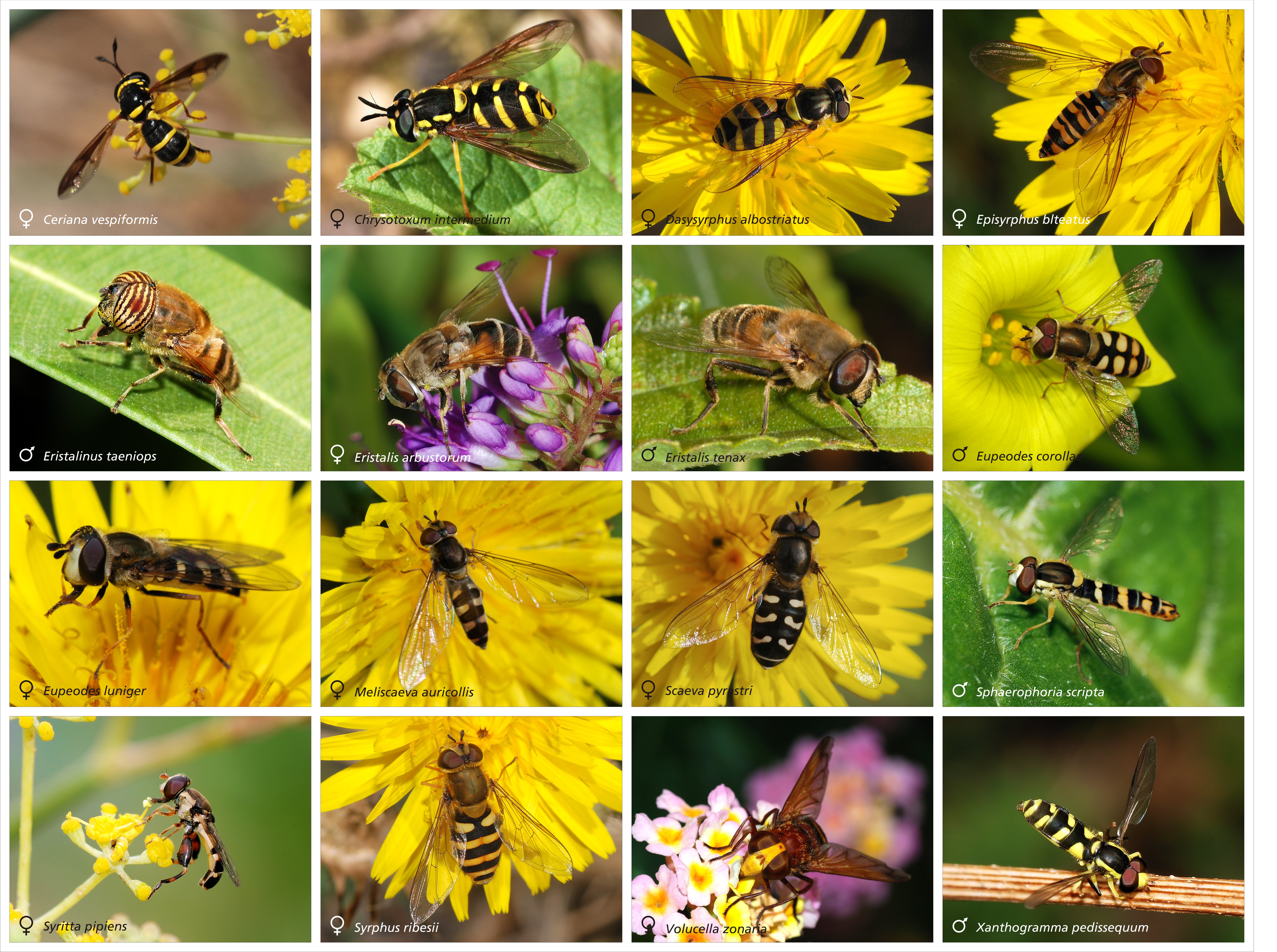As the flowers bloom and the temperatures rise, your garden becomes a bustling ecosystem filled with life. While some insects may initially seem like pests, many play crucial roles in maintaining the health and balance of your garden. When embracing beneficial insects in spring it’s important to recognize the valuable contributions of certain insects. Let’s take a closer look at some of these buzzing beauties and the benefits they bring to your garden:
Bees: Nature’s Pollinators
Bees are perhaps the most well-known beneficial insects in the garden, and for good reason. As they flit from flower to flower in search of nectar, these buzzing beauties inadvertently transfer pollen, facilitating the process of pollination. This vital role is essential for the reproduction of many flowering plants, including fruits, vegetables, and ornamentals. By attracting bees to your garden with a diverse selection of flowering plants, you can significantly increase your garden’s productivity and yield.

Ladybugs: Guardians of Your Greenery
Ladybugs, with their vibrant red bodies and distinctive black spots, are not only delightful to observe but also highly beneficial for your garden. These charming beetles are voracious predators of aphids, scale insects, and other garden pests that can wreak havoc on your plants. By introducing ladybugs into your garden or providing habitats that attract them, such as flowering plants like dill and fennel, you can naturally control pest populations and protect your greenery from damage.
:max_bytes(150000):strip_icc()/__opt__aboutcom__coeus__resources__content_migration__mnn__images__2014__06__TwoLadybugsOnALeaf-923bba58d0124511825b6bc82d2702b0.jpg)
Butterflies: Pollinators and Beyond
Beyond their enchanting beauty, butterflies serve an important ecological function as pollinators. Like bees, butterflies play a crucial role in the pollination of many flowering plants, contributing to the production of fruits, seeds, and flowers. Additionally, butterflies serve as indicators of environmental health, with their presence reflecting the overall biodiversity and vitality of your garden ecosystem. By cultivating a butterfly-friendly garden with a variety of nectar-rich flowers and host plants, you can support these graceful pollinators and enhance the beauty of your outdoor space.

Ground Beetles: Guardians of the Soil
While they may not be as visually striking as butterflies or ladybugs, ground beetles are invaluable allies in the fight against garden pests. These nocturnal predators feed on a wide range of insects, including slugs, snails, caterpillars, and even weed seeds. By patrolling the soil surface and devouring pests that threaten your plants, ground beetles help to maintain a healthy balance within your garden ecosystem. To attract ground beetles to your garden, provide shelter in the form of mulch, rocks, or ground-level vegetation.

Hoverflies: Masters of Mimicry
Hoverflies, also known as syrphid flies, are master mimics that closely resemble bees and wasps. Despite their harmless appearance, hoverflies play a crucial role in pollination as well as biological pest control. As adults, these buzzing beauties feed on nectar and pollen, making them effective pollinators of many flowering plants. However, it’s the larvae of hoverflies that provide the greatest benefit to gardeners. Hoverfly larvae are voracious predators of aphids, thrips, and other soft-bodied insects, making them valuable allies in natural pest management strategies.
In conclusion, the insects that inhabit your garden in spring are not merely pests to be eradicated but essential contributors to its health and vitality. By fostering a welcoming environment for beneficial insects through thoughtful plant selection, habitat enhancement, and minimal pesticide use, you can harness the power of nature to promote a thriving garden ecosystem. So the next time you spot a buzzing bee or a fluttering butterfly in your garden, take a moment to appreciate the valuable role they play in shaping your outdoor oasis.

Happy gardening! Don’t forget to follow us on Instagram and if need any help getting started, or want some pointers – feel free to reach out to us!



